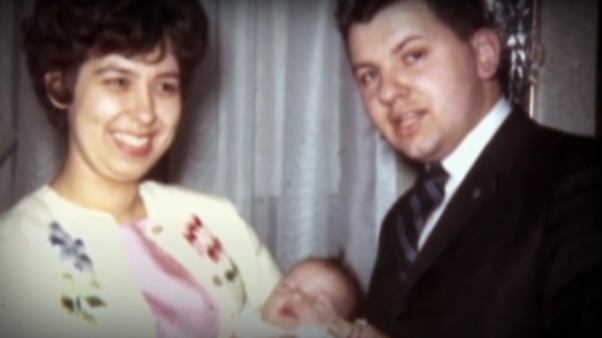In the 3D game development area, stylized character design is a critical aspect that can make or break a game. While realistic characters have their own appeal, stylized characters offer a unique charm that can captivate audiences and create memorable gaming experiences.
Let’s explore what stylized characters in 3D are, showcase some examples, and provide a step-by-step guide on how to create them, with expert tips from game developers.
What Are Stylized Characters?
Stylized characters are those that deviate from realistic portrayals to offer a more exaggerated or simplified look. These characters often have unique features, such as exaggerated proportions, vibrant colors, or simplified textures, that make them stand out. The aim is to evoke specific emotions or themes, be it whimsy, nostalgia, or even something more abstract.
Why Choose Stylized Characters?
Stylized characters offer several advantages:
- Visual Appeal: Their unique look can be more visually engaging than realistic characters.
- Emotional Resonance: They can evoke specific feelings or moods more effectively.
- Artistic Freedom: Designers have more creative leeway when not bound by the constraints of realism.
- Resource Efficiency: Often, stylized characters require fewer computational resources, making them ideal for mobile games or indie projects.
Examples of Stylized Characters
Mario (Super Mario Series): With his exaggerated mustache and vibrant red hat, Mario is an iconic example of a stylized character.

Link (The Legend of Zelda Series): Link’s exaggerated features and colorful palette make him instantly recognizable.
Tracer (Overwatch): Her futuristic design and exaggerated proportions make Tracer a standout character in the gaming world.
Conceptualization
During the conceptualization stage, it is important to have a clear vision of your character. This will help guide the design process and make it easier to create your character during the modeling stage.
- Theme and Mood: First, decide the overall theme and mood you want for your character. Is it whimsical, dark, or nostalgic? This will set the tone for your character and guide the design process.
- Sketching: Next, create initial sketches to visualize your ideas. This is the stage where you can let your imagination run wild and experiment with different designs.
When sketching, don’t be afraid to experiment with different designs. This is your opportunity to be creative and develop a unique character.

Modeling
- Choose the Right Software: Select the appropriate software for 3D character modeling.
ZBrush or Blender are often recommended for this purpose. - Basic Shapes: Start by creating the basic shapes that will form the skeleton of your character. This involves creating the basic structure of your character.
- Detailing: Finally, add details like facial features, clothing, and accessories. The level of detail will depend on the style you’re aiming for.
Remember to consider the style you are aiming for when adding details. For example, a cartoonish character may require less detail than a realistic one. For this type of stylized character you might want to use bright colours and exaggerated features. Game cartoon character might have big eyes, a big smile, and bright clothes.
Look at the example of stylized game characters, made by outsourcing game studio RetroStyle Games:

Texturing
- Color Palette: Select a color palette that matches the character’s mood and theme. This will set the tone for your character and guide the texturing process.
- Texture Maps: Create texture maps to add depth and detail to your character. Texture maps are images that are applied to the surface of your 3D model to give it color, texture, and detail.
Rigging and Animation
- Skeleton Structure: Create a skeleton structure for your character to prepare it for animation. The skeleton structure is a series of bones and joints that define how your character will move.
- Rigging: Attach the 3D model to the skeleton. This involves connecting the vertices of your 3D model to the bones of the skeleton.
When rigging your character, make sure to test the movement of the bones to ensure that the 3D model deforms correctly.

Animation: Bring your character to life by adding movements. This involves creating keyframes that define your character’s position, rotation, and scale at different points in time.
When animating your character, start with the key poses. These are the most important positions that your character will be in during the animation. Once you have the key poses, you can fill in the in-between frames.
Tips from Game Developers
- Keep It Simple: Especially for beginners, it’s easy to get carried away with details. Focus on the essential features that make your character unique.
- Consistency is Key: Make sure that your character’s style is consistent with the game’s overall aesthetic.
- Iterate: Don’t be afraid to go back and make changes. Iteration is a natural part of the design process.
- Player Feedback: Use player feedback to make necessary adjustments. What looks good to you may not resonate with your audience.

Conclusion
Stylized characters in 3D offer a unique blend of artistic freedom and emotional resonance, making them a popular choice in modern game design. By following a structured approach to conceptualization, modeling, texturing, and animation, you can create captivating characters that not only enhance gameplay but also leave a lasting impression on players. With tips from seasoned game developers, you can navigate the complexities of character design to create truly memorable and engaging stylized characters.








